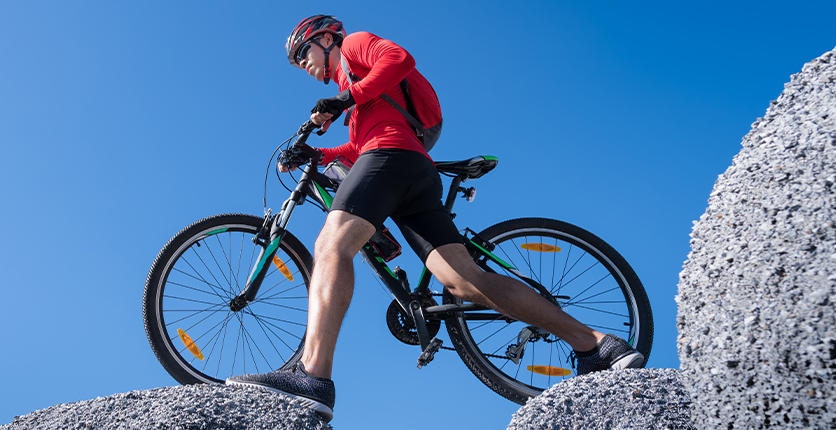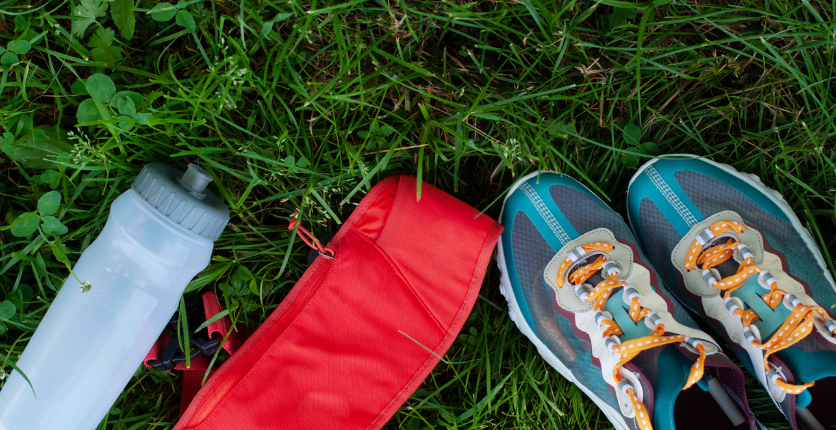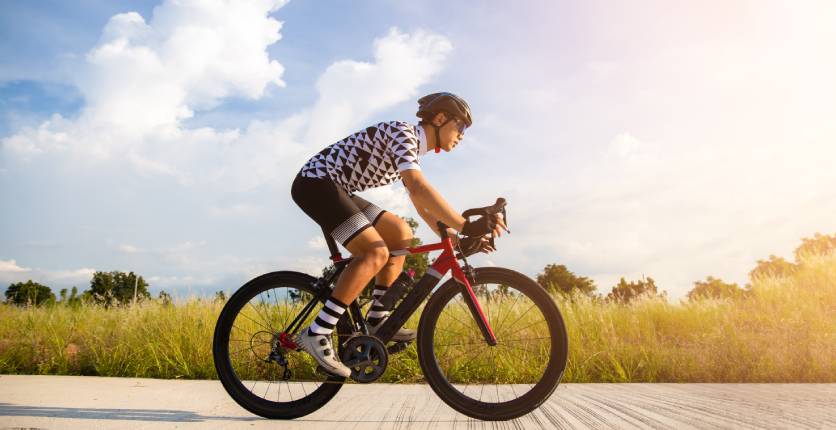It’s a great cardiovascular activity which engages the arms, back and legs. Cycling is a low-impact sport, yet works every part of the body.
While the choice of bicycle is as diverse as the sport itself, the mountain bicycle is considered the most versatile of all bicycle types. In Singapore, a budding cyclist can choose to explore the different nature trails, or cruise down the various park connectors (PCN). A mountain bicycle easily meets most of the cycling requirements.
Your new ride
Choosing your first mountain bike is a difficult buying decision, with bicycles ranging from S$200, and into the stratosphere. As a rough guide, S$500 can buy you a good mountain bicycle which is built to handle the majority of Singapore’s cycling trails.
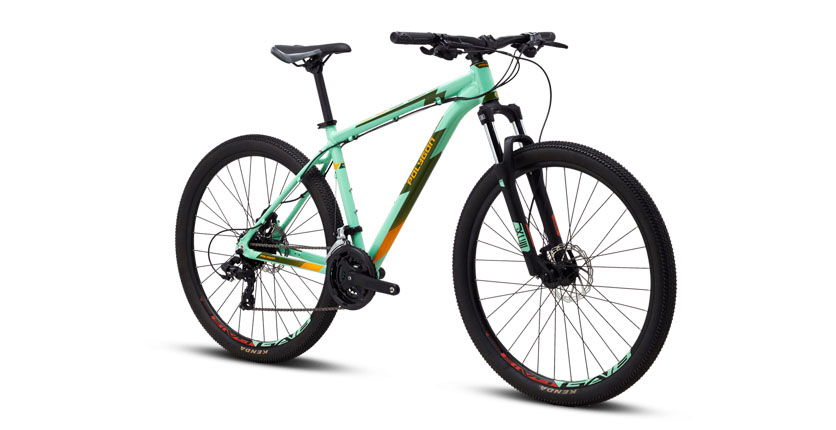
An example of a decent mountain bicycle you can get within a S$500 budget is the Polygon Cascade 4. As a hardtail (a mountain bicycle with a suspension fork), it has a fork which features 100mm of travel for shock absorption. It also features a total of 24 gear combinations (a.k.a 24-speed) which is handy to tackle any terrain. Its main draws are the hydraulic disc brakes, which deliver consistent braking performance in all conditions. Hydraulic brakes are also extremely powerful, yet only require a light touch on the brake levers.
Designed as a cross-country mountain bicycle, bicycles like the Polygon Cascade 4 are chiefly designed for trail riding, and not for the more advanced mountain biking which involve jumps, back flips or tricks. Check out the SAFRA Urban Bike Challenge for an example of advanced mountain biking.
While the bicycle is the most important part of the equation, there are accessories that help you enjoy the pleasures of mountain biking safely. Here are five items that you should prepare for a great cycling experience.
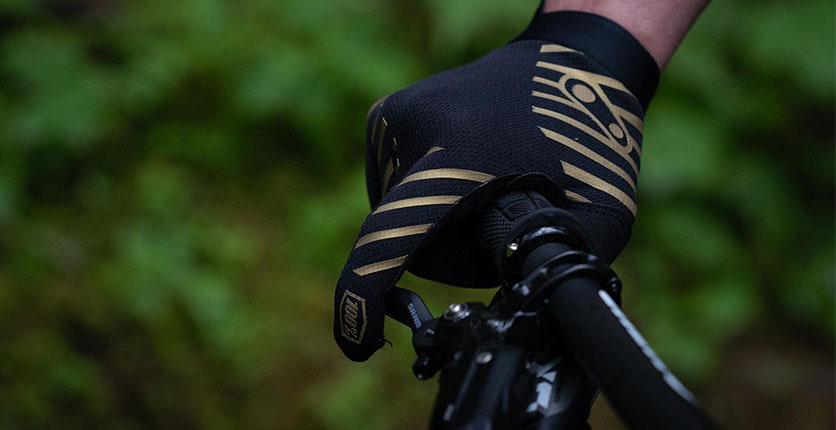
Cycling Gloves
S$10 and up
Gloves are the first layer of defence against painful cuts and grazes on your hands. No, your gym gloves are not cycling gloves. Cycling gloves are padded, which is great for absorbing shocks and vibrations.
Having a good grip on the handlebar is part of the glove’s job as well. For mountain biking, a full-finger glove (which completely covers your hands) is preferred. Opt for breathable and flexible materials so that the gloves won’t crimp your mobility, and remain cool throughout your ride. Half-finger gloves are widely used on the road for better breathability.
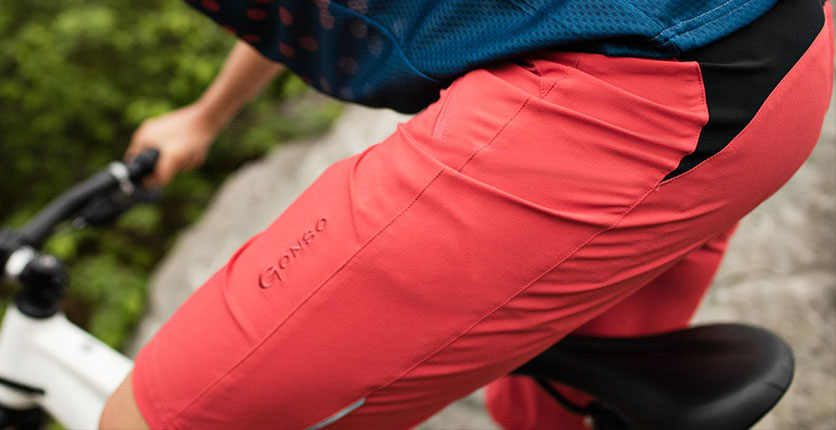
Riding Shorts
S$30 and up
If cycling is a pain in your bottom, chances are you are wearing regular sports clothes without padding. Mountain bike shorts may look like regular shorts, but the difference is on the inside.
Mountain bike shorts are often sold as two shorts in one, with a padded liner inside. The padding helps to spread the pressure from the saddle, and absorb the vibrations from your bike tires on the asphalt. They also help prevent any chafing on your legs when you are pedalling.
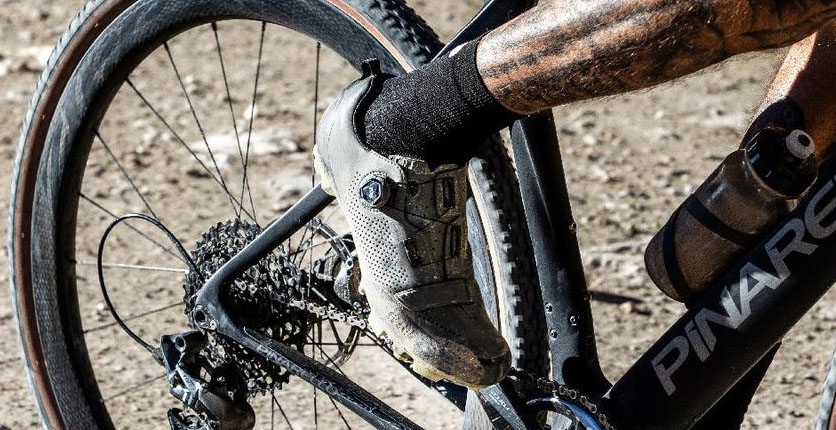
Shoes
S$50 and up
No one wears slippers for a 2.4km run. Likewise, while you can use trainers on a mountain bike, the cycling-specific shoes are typically stiffer than regular trainers and feature grippy soles for better grip on the pedals.
More advanced cyclists swear by the clipless pedal system for better pedalling power and endurance. The system pairs the mountain bike shoes with cleats embedded in the bottom to prevent accidental slippage yet remain easy to clip out from should there be a sudden requirement to come to a halt, such as stopping to admire the scenery.
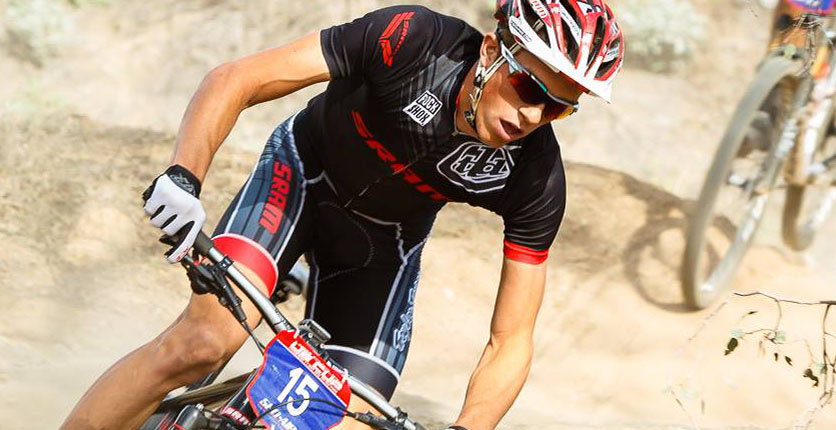
Jersey
S$30 and up
You might wonder why some cyclists wear full sleeve jerseys in Singapore. These cycling jerseys are designed to keep the rider cool by using breathable fabric that wicks away sweat. Unlike other jerseys, cycling-specific pieces focus on the placement of the seams.
Regular t-shirts have a seam that runs over the shoulders, but cycling jersey seams run from the neckline to the armpit. The placement prevents chafing over the shoulder, and allows free movement of the arms.
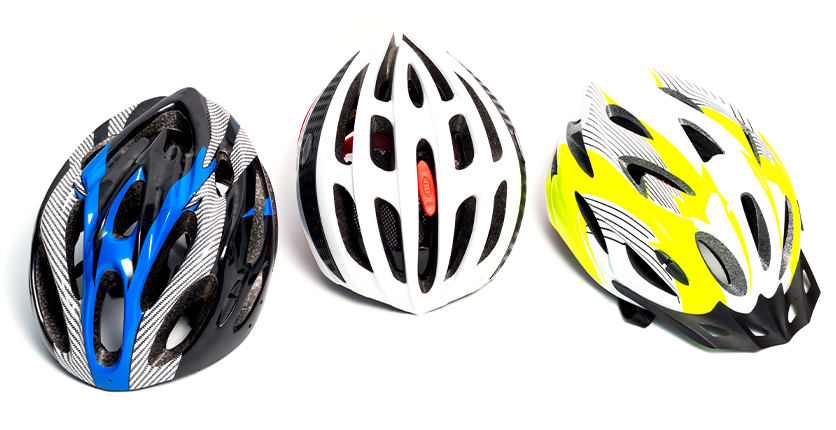
Last but not least: Helmet Please
S$20 and up
While helmet use is not mandatory on PCNs and public pathways, a helmet is the only head protection you can get while cycling. All helmets are designed with soft materials that absorb some of the impact, and help to spread the force of the impact over a greater surface area.
You can get a pretty decent helmet for as little as $20. Several expensive helmets now come with Multi-directional Impact Protection System (MIPS), which is the latest safety tech in mountain bike helmets.
A helmet must have a snug fit on your head for it to be effective in preventing injury. It should be well-ventilated as well to prevent heat buildup.
